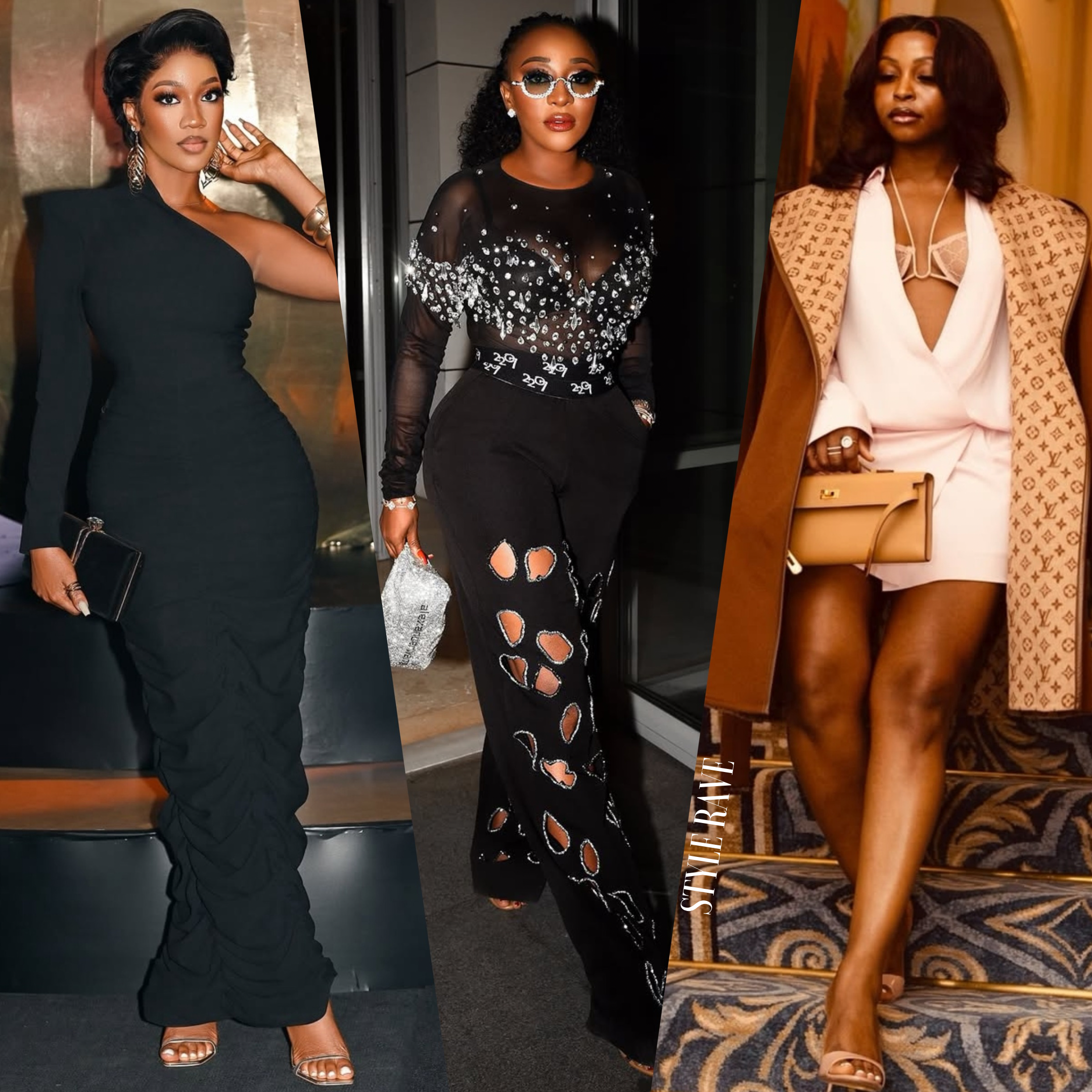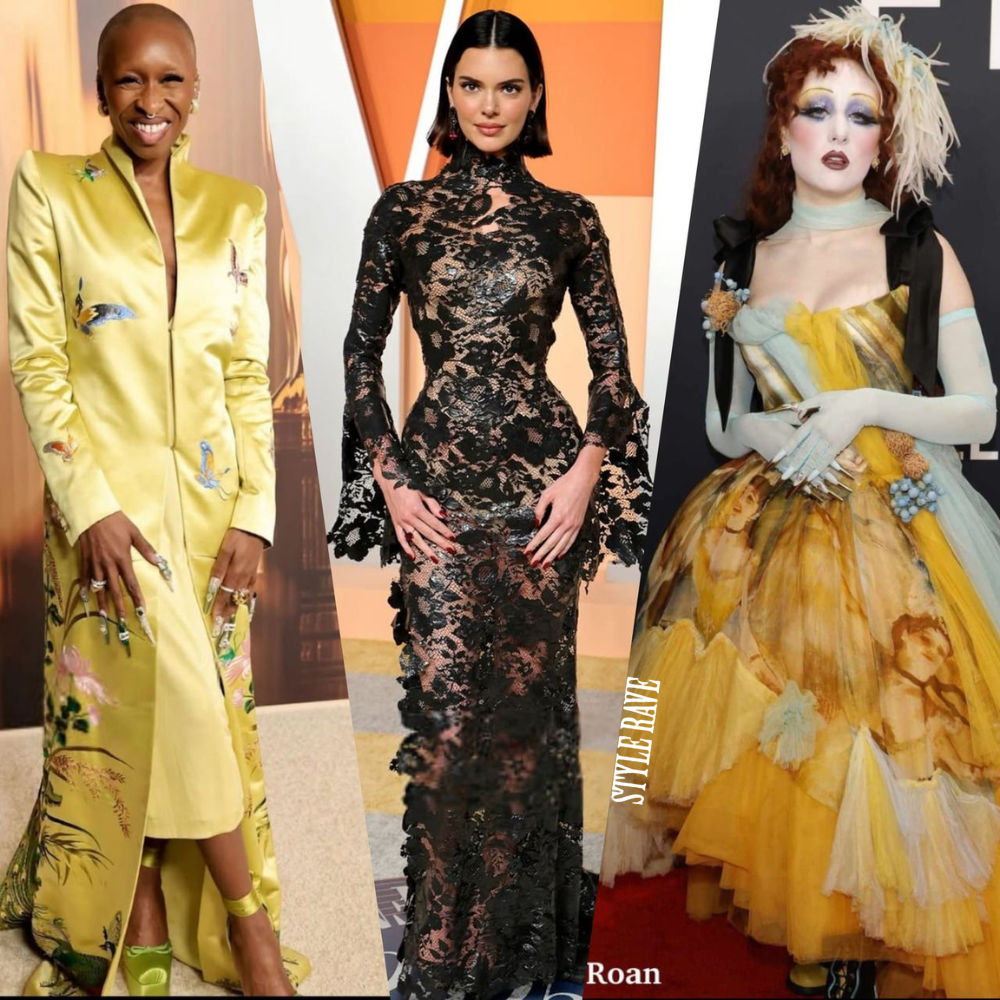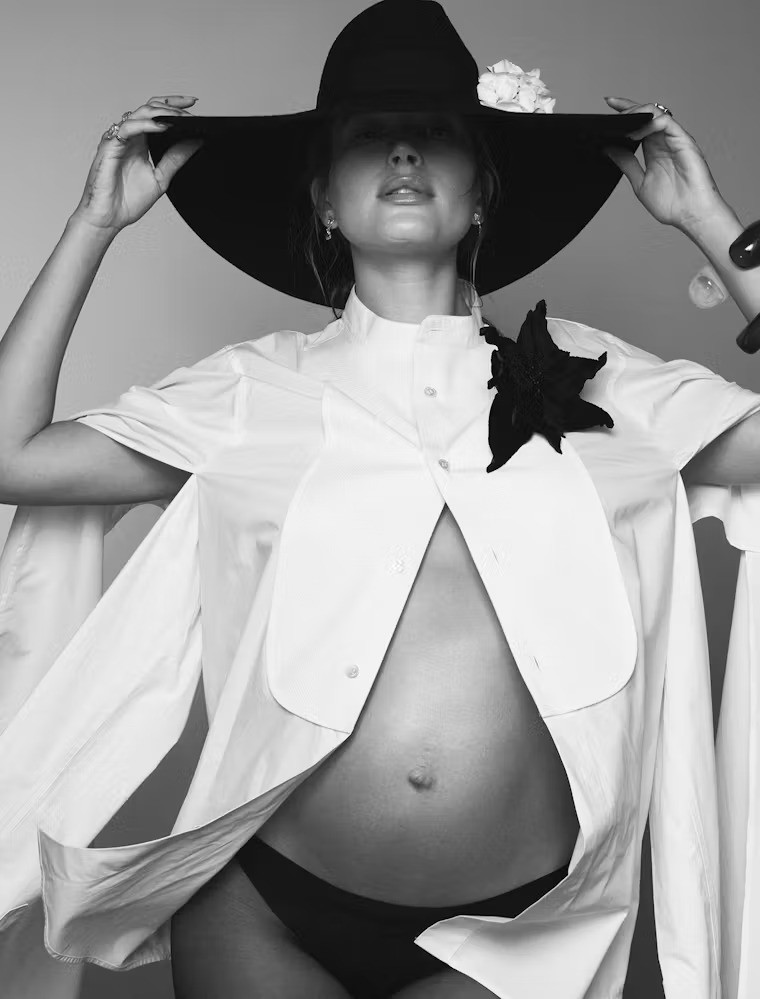
A creative writer with a voracious appetite for fashion, beauty,…
Sunless tanning has been a beauty staple for decades, but the conversation surrounding it has evolved significantly. Today, whether it’s a spray tan, self-tanning lotion, or bronzing mousse, these products have skyrocketed in popularity as more people seek that golden glow without the harmful effects of UV exposure. However, as these tanning products gain traction, the conversation has shifted to encompass deeper issues. Beyond the quest for a sun-kissed complexion, discussions around cultural appropriation, beauty standards, and ethical concerns have added layers of complexity to the topic. In this evolving dialogue, the allure of the perfect tan goes far beyond aesthetics.
Some argue that both skin bleaching and tanning reflect an internalized desire to conform to societal beauty standards. For instance, just as many Black individuals may feel pressured to lighten their skin due to colorism and Eurocentric ideals of beauty, some White individuals may turn to tanning to achieve a more “exotic,” youthful, or attractive appearance in line with ever-shifting Western beauty trends. However, this comparison remains highly controversial, as the historical and cultural implications of these practices differ significantly. While tanning may be seen as a cosmetic choice, skin bleaching carries deeper, often painful associations with colonialism, racism, and the devaluation of darker skin tones.
What is sunless tanning?

Sunless tanning refers to techniques used to achieve a darker complexion without exposure to the sun or UV tanning beds. Unlike traditional tanning, which stimulates melanin production through sun exposure, sunless tanning primarily relies on dihydroxyacetone (DHA)—a sugar-derived compound that reacts with the skin’s surface to create a temporary bronzed effect. The result typically lasts anywhere from a few days to a week before gradually fading. This makes it a popular, low-risk alternative for those seeking a sun-kissed glow without the long-term skin damage.
From self-tanners to spray tans: Sunless tanning methods explained
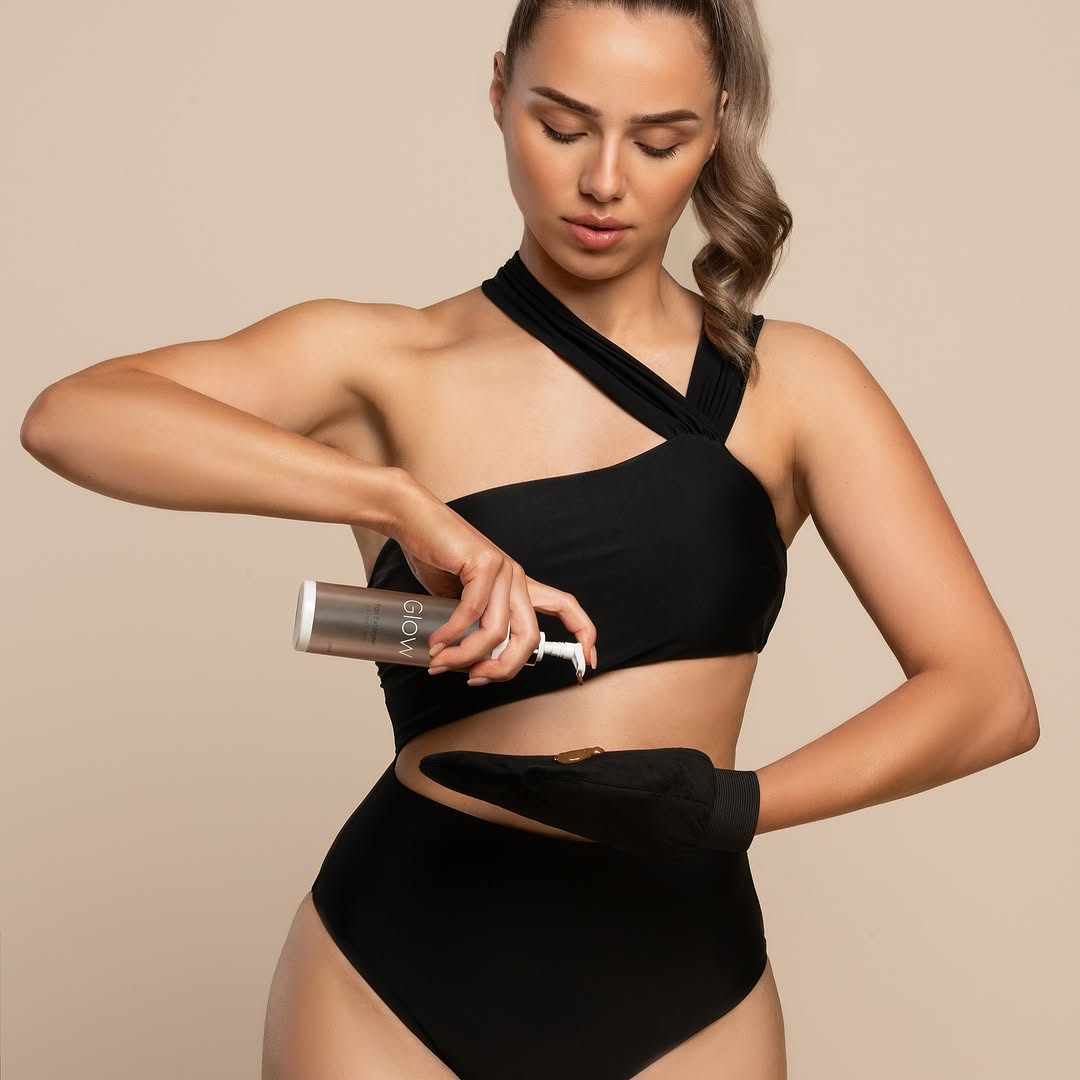
There are several popular sunless tanning methods, each offering a different approach to achieving a golden glow. Self-tanning lotions and mousses are among the most common, providing at-home solutions that gradually develop over a few hours. Spray tans, on the other hand, are professionally applied in salons, delivering an even, airbrushed finish. For a more subtle glow, tanning drops and serums can be mixed with skincare products, allowing for customizable results. Additionally, bronzing powders and body makeup offer temporary solutions, giving you a quick, wash-off tan for a single use.
Sunless tanning: A growing trend for all
Sunless tanning isn’t limited to a specific demographic—it has become a beauty tool embraced by a wide array of people for various reasons. Traditionally, this trend has been most prevalent in Western cultures, particularly among individuals with fair skin who crave a bronzed glow without exposing themselves to the harmful effects of UV rays. However, the scope of sunless tanning has expanded significantly in recent years. More people of color are now turning to self-tanning as a way to even out their skin tone, add a warm radiance, or address hyperpigmentation. It’s no longer solely about achieving a “tan”; it’s about tailoring your glow to suit personal beauty preferences.
The rise of beauty influencers, celebrities, and makeup artists has played a significant role in making sunless tanning a mainstream practice across different racial and ethnic groups. Furthermore, men are increasingly embracing this trend, especially those in industries like entertainment, bodybuilding, and professional fields, where a bronzed appearance is often associated with vitality and a camera-ready look. In today’s beauty landscape, sunless tanning is no longer a one-dimensional pursuit. It’s about customizing and enhancing individual beauty, regardless of skin tone or background.
The complexities of sunless tanning in the Black community…
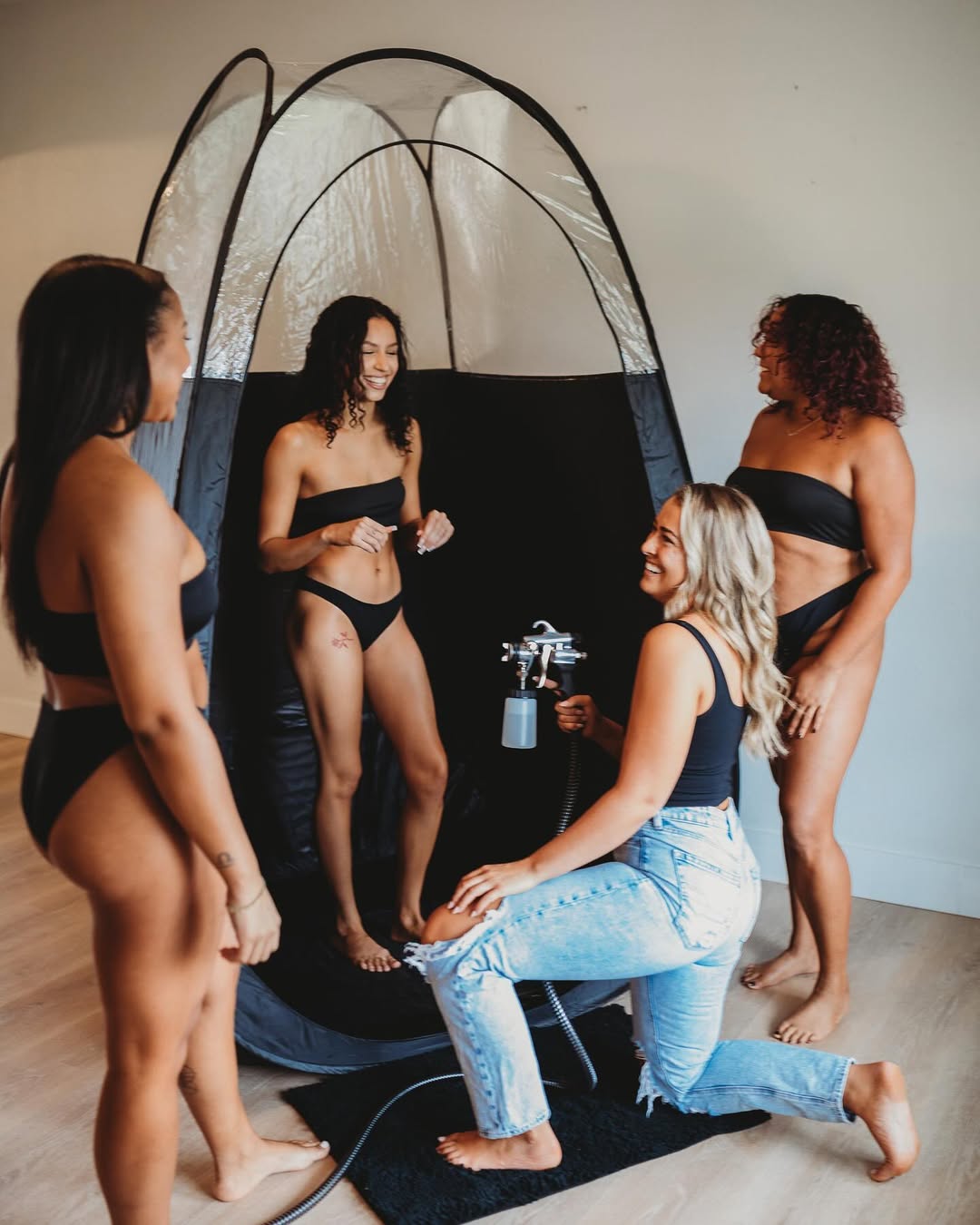
The Black community’s relationship with sunless tanning is complex and multifaceted. Historically, Eurocentric beauty standards have elevated lighter skin as the ideal, creating a contradiction in the current tanning culture. While bronzed skin is celebrated on non-Black individuals, colorism continues to negatively affect darker-skinned people. This irony fuels ongoing discussions about beauty trends, privilege, and identity. For some, sunless tanning is viewed as a harmless, personal choice—much like applying makeup or dyeing hair. Others, however, question the double standard: why is darkened skin on non-Black individuals often praised, but naturally darker skin remains marginalized?
That said, many Black individuals use self-tanners for reasons unrelated to wanting a darker complexion. Some simply prefer self-tanners to enhance their undertones, even out skin tone, or achieve a radiant glow, rather than drastically changing their shade.
This is where the ethical debate becomes more complicated. Some critics argue that when White individuals tan to the point of appearing racially ambiguous, it crosses the line into cultural appropriation. This phenomenon, often referred to as “Blackfishing,” occurs when individuals intentionally alter their appearance to mimic Black or mixed-race features, typically alongside other modifications like fuller lips or textured hairstyles. On the other hand, many believe that tanning itself isn’t inherently appropriation—intent matters. If someone uses a spray tan or self-tanner as part of their beauty routine without attempting to imitate another racial identity, it’s generally seen as separate from appropriation. Ultimately, the ethical landscape of sunless tanning is layered and depends on context, intent, and cultural awareness.
Benefits of sunless tanning
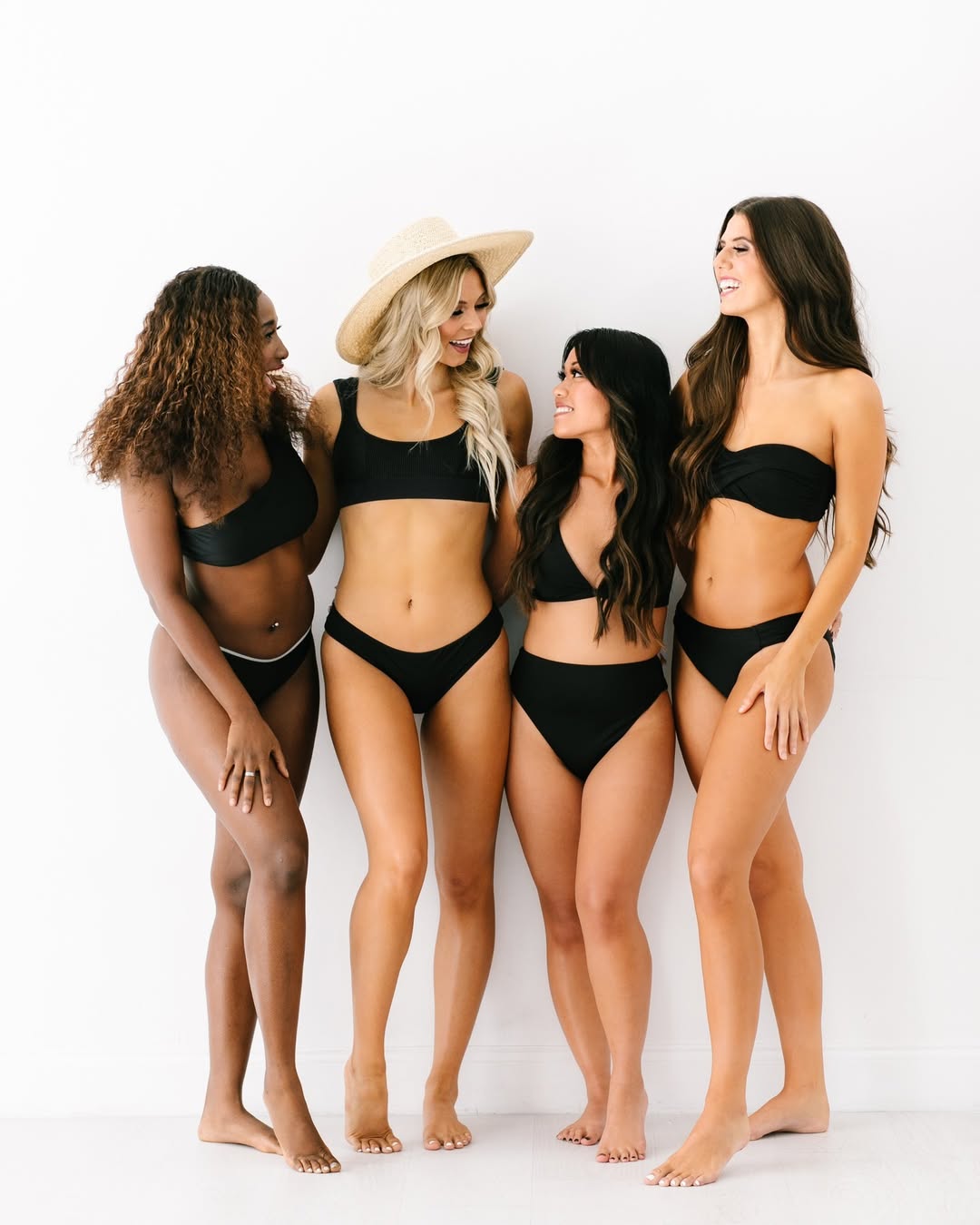
Unlike traditional sunbathing or tanning beds, using a spray tan offers a safer alternative with no risk of skin cancer, premature aging, or sunburns. There’s no need to spend hours basking in the sun. Most products begin developing within a few hours, and the tan can last anywhere from a few days to a week. One of the key advantages of sunless tanning is the ability to customize the depth of your tan. With a variety of formulas available, users can choose how light or dark they want their tan to be, providing a tailored look to suit their preferences.
Additionally, sunless tanning has become a go-to solution for many individuals with hyperpigmentation or uneven skin tone, as it helps create a more balanced complexion. Unlike permanent skin-darkening treatments, sunless tanning is reversible and doesn’t interfere with natural melanin production. This makes it an appealing choice for those seeking a temporary glow without any long-term changes to their skin’s natural tone.
The challenges
Achieving a flawless sunless tan requires more than just slathering on product. It demands proper preparation and technique. Without this, you risk uneven patches that can disrupt the tan’s natural appearance. Additionally, because sunless tans typically last about a week, frequent reapplication is necessary to maintain that golden glow.
One of the common pitfalls with DHA-based tanners is their tendency to cling to dry areas, such as elbows, knees, and hands, which can result in darker, uneven spots that appear unnatural. Another challenge is that some self-tanners, particularly those not well-formulated, may develop an orange or off-putting undertone, especially on deeper skin tones.
Moreover, professional spray tans and premium self-tanners can be quite expensive, particularly with repeated use. While the results are often more even and long-lasting, the costs can add up, making it an investment for those who seek consistent, high-quality tanning.
In conclusion
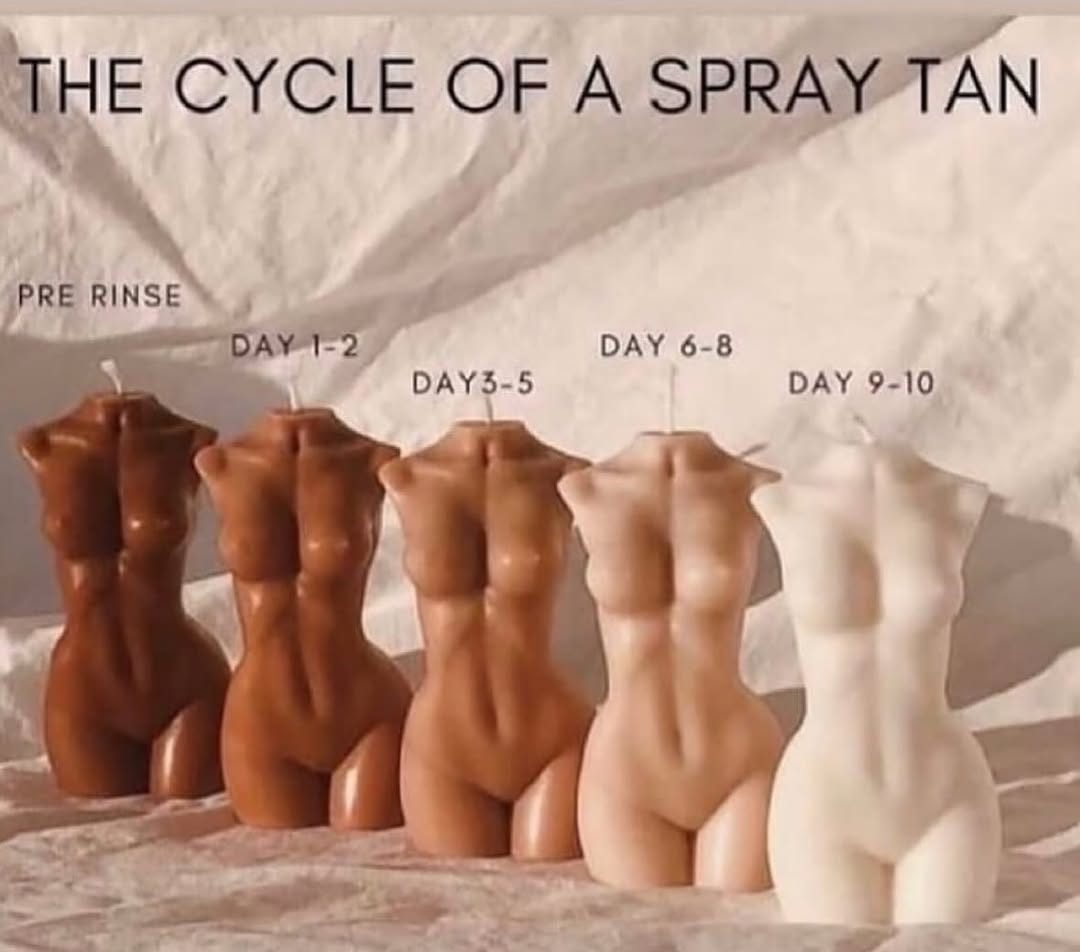
Sunless tanning is ultimately a personal choice, and there’s no universal answer to whether it’s right or wrong. While some embrace the bronzed glow it provides, others remain critical of the cultural and ethical nuances that surround it. If you choose to indulge in self-tanners, the key is to approach it with mindfulness. Celebrate the beauty of all skin tones while embracing the beauty rituals that make you feel confident and empowered.
As the conversation around sunless tanning continues to evolve, one thing is certain: how we engage with beauty should always be guided by awareness, respect, and a strong sense of self. Whether tanning or not, it’s about making choices that align with personal values while honoring the diverse expressions of beauty around us.
Featured image: puhhha/iStock
For the latest in fashion, lifestyle, and culture, follow us on Instagram @StyleRave_
—Read also
A creative writer with a voracious appetite for fashion, beauty, lifestyle and culture. As one who's passionate about the advancement of the woman, creating content that inspire smart style and living, and positive lifestyle changes is a calling I take seriously. At Style Rave, we aim to inspire our readers by providing engaging content to not just entertain but to inform and empower you as you ASPIRE to become more stylish, live smarter and be healthier. Follow us on Instagram @StyleRave_ ♥

